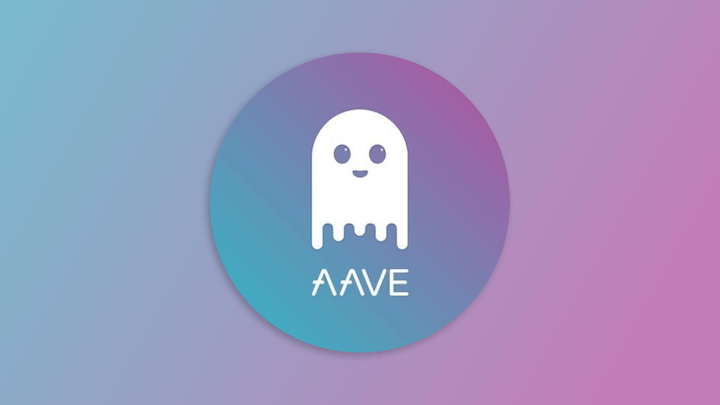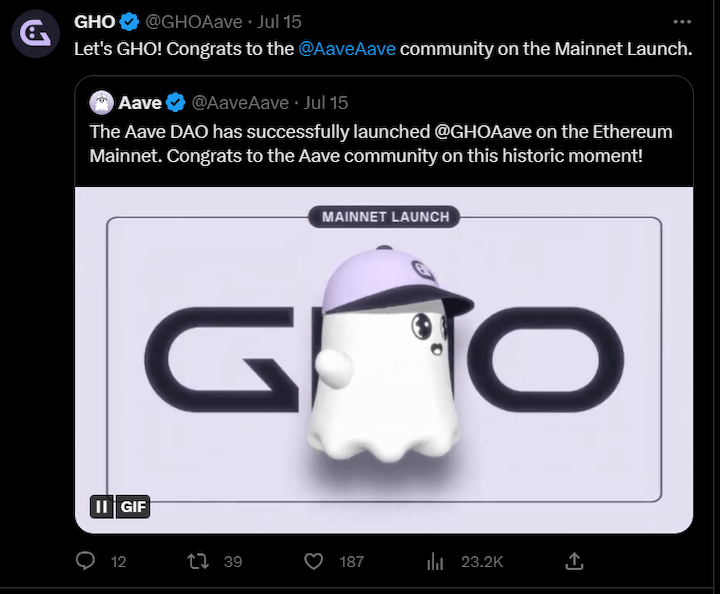
The decentralized finance space has witnessed rapid growth and innovation, bringing new possibilities for users to engage in lending, borrowing, and yield farming. Aave Protocol, a prominent player in the DeFi realm, recently launched its stablecoin, GHO, on the Ethereum mainnet, with $2 million worth of GHO tokens minted. While proponents hail this move as a step towards financial inclusivity and increased stability, it is crucial to critically examine the potential risks and predictions associated with introducing yet another stablecoin into the market.

Table of Contents,
Fragmentation and Market Complexity
Introducing a new stablecoin, GHO, adds to the growing number of stablecoins already available in the market. With numerous stablecoins vying for dominance, the landscape becomes increasingly fragmented, resulting in liquidity dispersion and market complexity. This fragmentation can confuse users and hinder the seamless value exchange within the DeFi ecosystem. Moreover, the presence of multiple stablecoins amplifies the risk of systemic issues if any one of them were to experience instability or failure.
Counterparty and Collateral Risks
Stablecoins are typically backed by collateral or reserves to maintain a stable value. However, the specifics of GHO’s collateralization and counterparty risk are crucial. Insufficient collateralization or an opaque counterparty arrangement could undermine the stability and credibility of GHO, potentially leading to unexpected value fluctuations or even a complete loss of investor funds. Users must exercise caution and thoroughly assess the collateralization and counterparty mechanisms behind GHO before considering its usage.
Regulatory Uncertainty and Compliance Challenges
The rapid proliferation of stablecoins has caught the attention of regulators worldwide, raising concerns over compliance, anti-money laundering (AML), and Know Your Customer (KYC) regulations. While Aave Protocol may have designed GHO to align with regulatory guidelines, the evolving regulations and the decentralized nature of DeFi protocols introduce inherent challenges. It remains to be seen how regulators will address stablecoins like GHO and what compliance requirements may be imposed, potentially exposing users to regulatory risks and uncertainties.
Centralization Concerns and Governance
Decentralization is at the core of the blockchain ethos, enabling trustless transactions and removing centralized intermediaries. However, the introduction of GHO raises questions about the underlying governance and decision-making process behind its operation. As the issuer and controller of GHO, Aave Protocol holds significant power over its fate, potentially compromising the decentralization principles that DeFi aims to uphold. Users must critically evaluate the centralization and governance mechanisms associated with GHO to ensure their financial sovereignty remains intact.
Market Volatility and Black Swan Events
Stablecoins maintain a stable value, often pegged to a fiat currency. However, unforeseen market events or sudden shocks can expose stablecoins to volatility risks. History has shown that even the most stable of currencies can experience significant fluctuations during times of financial crisis or economic uncertainty. Should GHO encounter a black swan event or extreme market conditions, users relying on its stability may be exposed to unexpected losses, defeating the purpose of a stablecoin altogether.
Conclusion
Launching Aave Protocol’s GHO stablecoin on the Ethereum mainnet may seem like another step towards financial innovation and accessibility within the DeFi ecosystem. However, it is crucial to approach this development with a critical mindset and consider the potential risks associated with the introduction of yet another stablecoin. Fragmentation, counterparty risks, regulatory uncertainty, centralization concerns, and market volatility are all factors that must be carefully weighed before embracing GHO or any stablecoin in the market. As users and investors navigate the DeFi landscape, exercising due diligence, staying informed, and making well-informed decisions to safeguard their financial interests in this ever-evolving domain is paramount.



